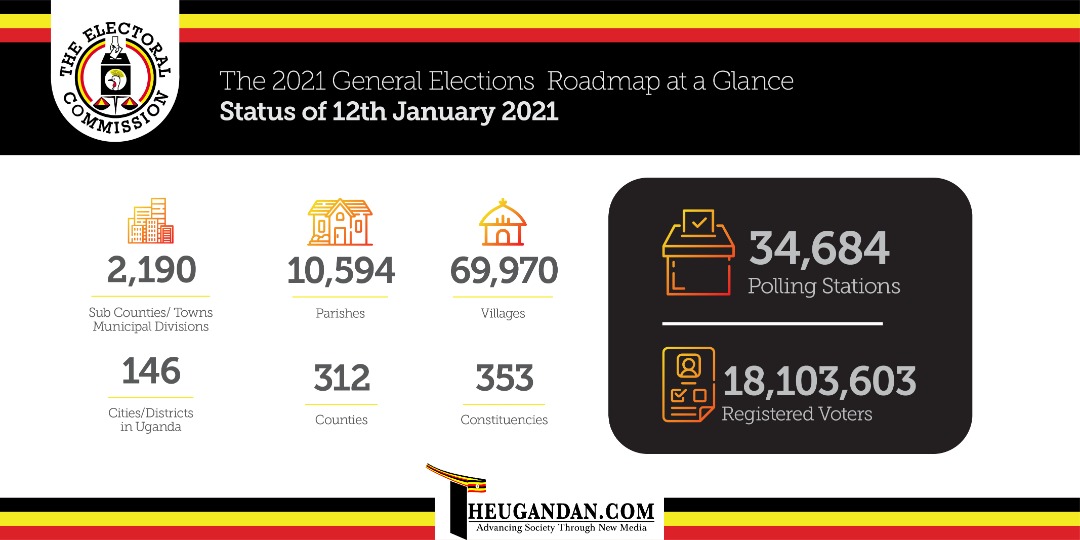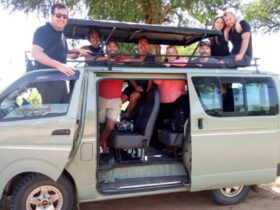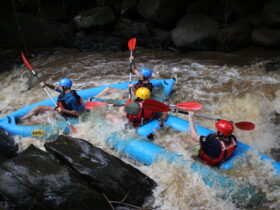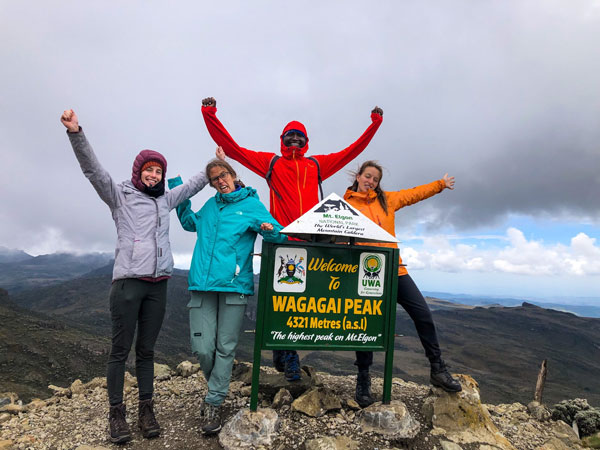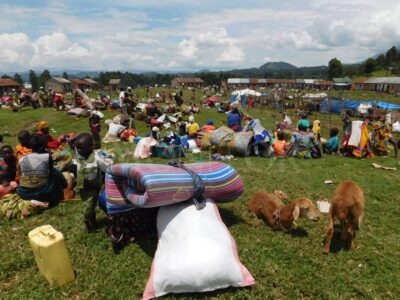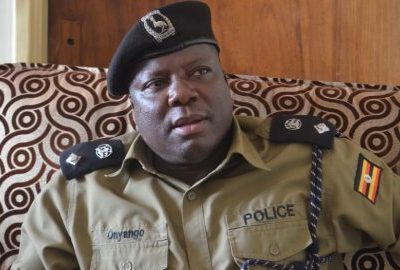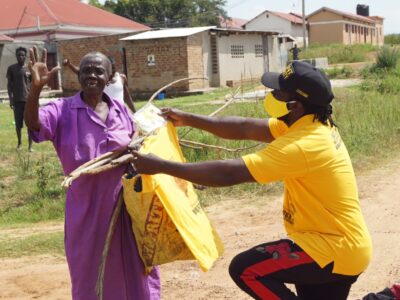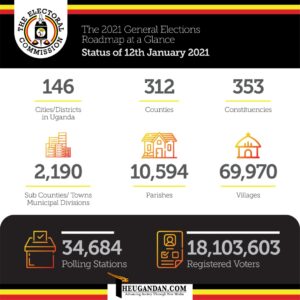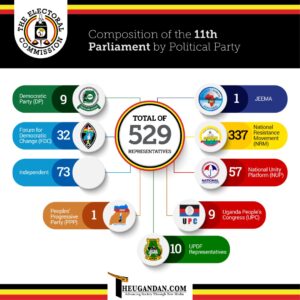The Mount Elgon conservation area has been designated as one of the ten new biospheres reserves in the world.
According to a UNESCO statement, Mount Elgon shared between Uganda and Kenya joins the 748 sites in 134 countries, including 23 transboundary sites.
The Director-General of UNESCO said that biosphere reserves are tangible proof that humanity can live in balance with nature
. “Since 1971, this community-led programme has successfully found a model for development where people live well and biodiversity is respected. I am pleased that this year, 11 more sites are joining this powerful network, which is more relevant and necessary than ever,” said Audrey Azoulay in a statement on Wednesday
The additions of Mount Elgon was decided by the International Coordinating Council of UNESCO’s Man and the Biosphere (MAB) programme, the Programme’s governing body composed of 34 UNESCO Member States. It met from 12 to 15 June at UNESCO’s headquarters.
Biosphere Reserve is an area where locals work with biodiversity and its sustainable use. They are designated by UNESCO in consultation with host governments. For an area to be designated, the government must affirm conservation protecting, wildlife, habitats, and the environment among others.
The designation of the Mount Elgon Transboundary Biosphere Reserve consolidates the water tower functions of the Mount Elgon Biosphere Reserve in Kenya since 2003.
And the Mount Elgon Biosphere Reserve in Uganda, the areas provides a range of ecosystem functions and supports forests, wildlife, and livelihoods in the area.
Mount Elgon Biosphere Reserve is home to over 300 bird species and has an exceptional diversity of ecosystems as well as plant and animal species distributed across four distinct ecological zones characterized by different vegetation types like the mixed montane forest, bamboo and low canopy forest, sub-alpine montane heath, and alpine moorland varying with altitude.
Other species of biodiversity including the rock and tree hyraxes, blue monkeys, elephants, buffalo, Defassa waterbuck, oribi, bushbuck, duiker, forest hog, bush pig, leopard, civet and serval cats, serval cats, spotted hyena; aardvark, several rodent species and the endangered Lammergeyer are hosted in Mount Elgon.
Mt Elgon is home to two dominant tribes, the Bagishu and the Sabiny and other ethnic minorities namely Benet and the Ndorobos all spread across the eight districts of Bukwo, Kapchorwa and Kween for Sabinys and Bulambuli, Sironko, Mbale, Bududa, mnafwa and Namisindwa occupied by the Bagishu or Bamasaba.
The transboundary biosphere reserve has a population of nearly 1,150,000 that is evenly split between Kenya and Uganda.
Uganda has two Biosphere Reserves: Mt Elgon and Queen Elizabeth National Parks. Queen Elizabeth was designated by UNESCO as Biosphere Reserve in 1979 while Mt. Elgon was designated in 2005. There are a number of other sites proposed for nomination including Mt Moroto, Budongo Forest, Mabira, Timu Forest, Morungole, Kalinzu-Kasyoha-Kitomi, Bungoma, Sango Bay, Zoka, Kadam, Lake Mburo and Lake Victoria Basin among others.
The area is inhabited by a diverse population of Sabaot, Luhya, Teso, Bagisu as well as other indigenous peoples and local communities who depend predominately on agriculture for both their livelihood and their subsistence.
Communities rely on gathering forest products such as firewood, fodder, medicinal plants, vegetables, bamboo shoots, stakes, mushrooms, thatching grass and salt for their cattle. Several community conservation initiatives and programmes have been implemented as a way of securing community support for conserving the ecosystem.
Each biosphere reserve promotes innovative local solutions, in order to conserve biodiversity, preserve ecosystems and tackle climate change while improving people’s livelihoods, such as by developing agro-ecology, renewable sources of energy and green industries.
The other reserves elevated by alongside Mount Elgon include Korup Rainforest Biosphere Reserve in Cameroon, Central African Republic’s Biosphere Reserve,Tribugá-Cupica-Baudó Biosphere Reserve in Columbia, Onon-Balj Biosphere Reserve in Mongolia and Germany’s Drömling Biosphere Reserve among others.
****
URN
